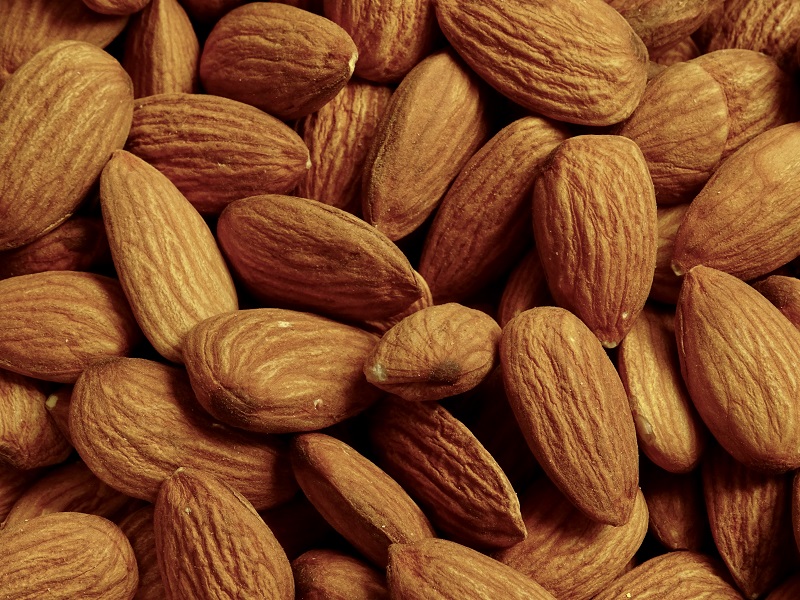For New Blueberry Varieties, It’s Out With the Old and In With the Vigor
Mike DeGrandchamp has just pulled out a 90-year-old block of ‘Jersey’ and ‘Rubel’ blueberries that in the 1950s had helped put DeGrandchamp Farms on the map in South Haven, MI.
“They were great blueberry varieties in my dad and grandfather’s age,” he says, “but they’re not what we want now.”
What exactly would DeGrandchamp want right now? What replacement blueberry varieties should every grower consider for a 2023 renovation?
For starters, any new plant must be a vigorous grower, DeGrandchamp says.
“The goal is to get these things in and get ’em up and growing and get ’em into production as fast as you can,” DeGrandchamp says. “We can’t take 10 years any more to get a blueberry field up and going. We have to do it a little quicker.”
Size counts, too.
“We like to plant large plants,” DeGrandchamp says. “If I know in advance what varieties we’re going to plant, we’ll actually grow 3- or 4-year-olds in a 2-gallon pot. We’re putting big plants out in the field. It really makes a huge difference in getting ahead.
”Growers should define their ripening seasons, which will dictate variety choices.
“You need early fruit. You need mid-season,” DeGrandchamp says. “I don’t know if we need any late fruit any more in Michigan for fresh fruit.”
Good yield is an absolute, of course, according to DeGrandchamp. Other factors, he says, revolve around whether fruit will be sold fresh or processed and whether machine harvesting will be involved.
“Those are all issues you have to decide on with varieties that you might want to plant in this renovation,” he says.
EXISTING VIGOROUS VARIETIES
‘Bluejay’: “This gets to be a big bush and looks like ‘Jersey’ from a distance. You probably couldn’t tell the difference,” DeGrandchamp says. “On our farm it’s probably our top variety that we machine pick for fresh fruit. It hasn’t been widely planted, but we’ve had very good success with it.”
‘Nelson’: “We ship a lot of this as fresh fruit. It has good yields,” DeGrandchamp says.
‘Legacy’: “There’s probably a few winter hardiness issues in areas here in Michigan,” DeGrandchamp says. “I’d back the fertilizer off of this one because it really wants to grow. Very good tasting berry, too.”
‘Liberty’: Despite high hopes, the variety has proved susceptible to the stem gall wasp. “If we can get all these parasitoids and spray programs going, this might have potential again,” DeGrandchamp says.
‘Calypso’: “There are some plantings in Michigan,” DeGrandchamp says “They seem to be doing quite well.”
EXISTING SLOW-GROWING BLUEBERRY VARIETIES
‘Draper’: “Most fruit is now compared to ‘Draper’,” DeGrandchamp says. “Is it as firm as ‘Draper’? Is it as big as ‘Draper’? Is it as productive as “Draper’? Is the taste as good as ‘Draper’? It’s a slow-growing plant even in the best of conditions. It doesn’t jump out in the fields.”
‘Duke’: “If you need an early ripening variety, it’s still probably the best of the early ripening ones,” DeGrandchamp says. “We’ve found it is slower growing on replanted fields.”
PROPRIETARY VARIETIES
Grower-owned MBG Marketing, based in Grand Junction, MI, boasts its own breeding program, with varieties available exclusively to MBG members. The three top varieties, according to DeGrandchamp, are:
‘Envoy’: “It’s a winner,” DeGrandchamp says. “There’s a lot of interest among MBG members of that going into renovated ground or certainly new ground.”
‘Charisma’: “Very similar in bush structure and productivity as ‘Envoy’, ripening a few days earlier,” DeGrandchamp says.
‘Medallion’: “Very vigorous growing plant,” DeGrandchamp says. “A little more ‘Bluecrop’-like. It likes to bend over a little more.”
Varieties from other nurseries, such as Fall Creek, include ‘Valor’, ‘Cargo’, and ‘Last Call’.
“Our competitors overseas are planting the new genetics,” DeGrandchamp says. “Those are certainly some of the ones that you, as a grower, want to look at. As growers in Michigan, we have to move on to these new varieties, and we have to do this as quickly and efficiently as we can.”










